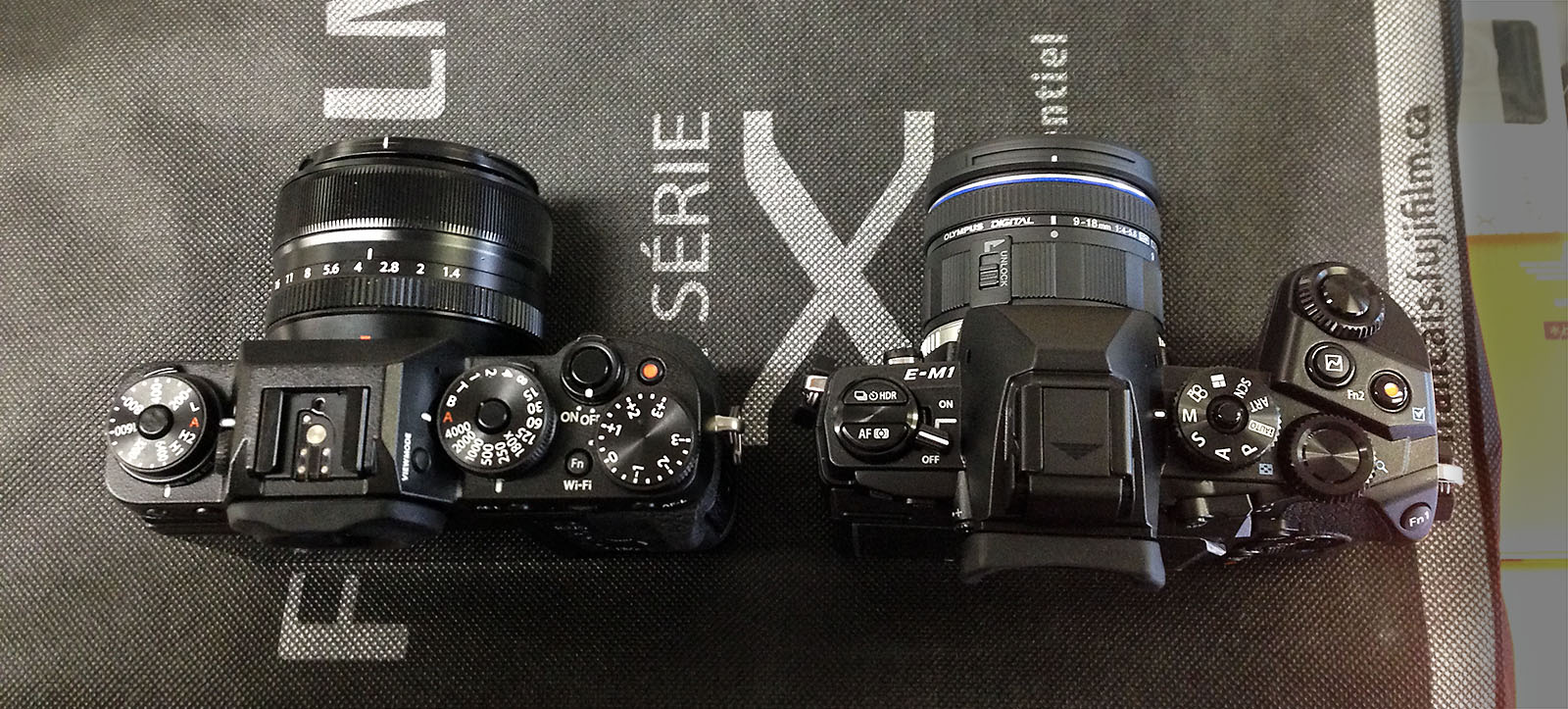X-T1 Autofocus Speed
/A disappointing showing from the Fujifilm X-T1 in The Camera Store’s “Great Mirrorless Camera Autofocus Shootout,” in which they pitted the X-T1 against the Sony A6000, Olympus’ OMD E-M1 and the Panasonic GH4.
While Chris Niccols assures us that they they’ve chosen the best glass available on each platform, I don’t think the variable aperture FUJINON XF 55-200mm has any business being in an AF speed challenge of any kind, and I have a feeling Fujifilm would like him to redo this test once their FUJINON XF 50-140mm f/2.8 hits the market. It’s tough to fault The Camera Store for choosing the 55-200mm though, as the only other option for them would have been the “consumer grade” FUJINON XC 50-230mm, which is likely to perform even worse. Still, a disclaimer or two might have been appropriate.
Another thing I think they should have touched on in the video, is that the GH4 has an MSRP that’s just shy of 50% higher than the X-T1 or the E-M1. If I were spending another $600 on top of the X-T1’s price, you better believe I’d be expecting better AF speeds. Then there’s the A6000. At half the price it shouldn’t be able to leave both the X-T1 and the E-M1 in the dust, but that’s exactly what it did. Impressive. The big surprise for me was the E-M1’s poor single point performance. Every time I handle that camera, I almost marvel at how quick it seems to lock on focus.
Most remarkable is that the GH4 apparently held it’s own against the D4S. That is astounding considering you could get every mirrorless body in the comparison for the price of a D4S and pro zoom. Twice.
The key takeaway is that mirrorless cameras have caught up to, and surpassed DSLRs in their price-point. This has to make you wonder what just about any camera manufacturer1 could do with a $3,000+ mirrorless camera body—let alone one that costs $7 grand—and it makes me excited to see what the X-Pro2 will be capable of.
- Aside from Sony’s A7r, but that full frame sensor eats up too much of the MSRP to afford much opportunity for blazing AF speeds. ↩











